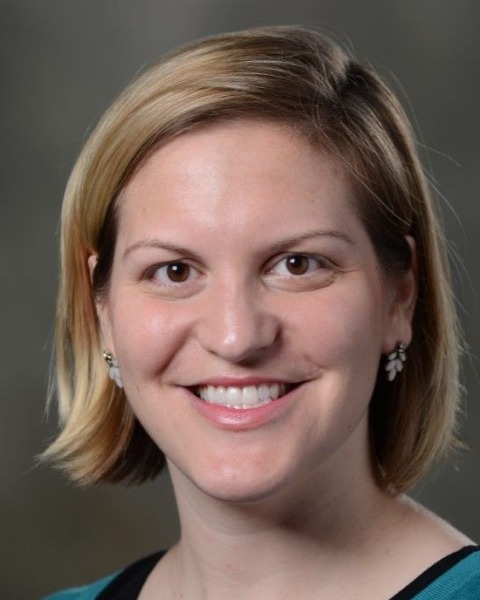Hospital Medicine: Hospital Medicine Quality Improvement
Hospital Medicine 6
756 - Impact of Clinical Monitoring on Daytime Sleepiness in a Cohort of Hospitalized Children
Publication Number: 756.415

Abigail R. Strang, MD (she/her/hers)
Pediatric Pulmonologist
Nemours Children's Health
Garnet Valley, Pennsylvania, United States
Presenting Author(s)
Background:
High-quality sleep is crucial to health in children and especially important during recovery from illness or surgery. Hospitalized children have a higher chance of experiencing low-quality sleep. There is limited research on factors which impact sleep and sleepiness in children outside of the ICU.
Objective:
The objective of this study is to examine the relationships between frequency of clinical monitoring on sleep and daytime sleepiness in a cohort of hospitalized children.
Design/Methods:
Children aged 8-17 yrs. hospitalized ³3 days at Nemours Children’s Hospital, Delaware were eligible to participate in this IRB-approved, prospective, survey-based study. This is a convenience sample of patients admitted to non-ICU medical and surgical teams with various diagnoses. The study was comprised of 4 surveys: the Epworth Sleepiness Scale for Children and Adolescents (ESS-CHAD, higher scores= more sleepiness), Adolescent and Children’s Sleep Hygiene Scales based on age (ASHS and CSHS, higher scores= better sleep hygiene), Consensus Sleep Diary, and the Nemours Sleep Disruptors Questionnaire (NSDQ), evaluating various factors which disrupt sleep. The EMR was reviewed for demographic and clinical information. Descriptive and comparative statistics were calculated.
Results:
Participants (n=45) were 40% male, 57.8% white, mean age of 13.4 yrs. The mean reported total sleep time was 8.2 hours (range=5-12) with mean number of awakenings of 2 (range 0-7). Vital signs were ordered “every shift” for 27% of participants and “every 4 hours” for 73%. 33% of participants were monitored on continuous pulse oximetry overnight. On the administered surveys, participants scored: ESS-CHAD (mean=8.6 SD=4.3), ASHS (mean=2.9 SD=.8), CSHS (mean=3.3 SD=.6). On the NSDQ, the most disruptive factors were alarms on equipment (69%) and vital signs (64%). Patients with vital signs every 4 hours had a higher (worse) score on ESS-CHAD compared to patients monitored every shift (9.3 vs. 6.3; p=0.04) with no significant difference on ASHS or CSHS; there were no significant differences in ESS-CHAD, ASHS or CSHS associated with pulse oximetry.
Conclusion(s):
In this cohort of hospitalized children, participants noted environmental factors (alarms on equipment and vital signs) were most disruptive to sleep. Patients with vital signs every 4 hours showed increased daytime sleepiness compared to those with vital signs measured every shift. In clinically stable children, interventions to decrease the frequency of nocturnal interruptions, including vital sign measurements, may be important ways to promote better sleep.
